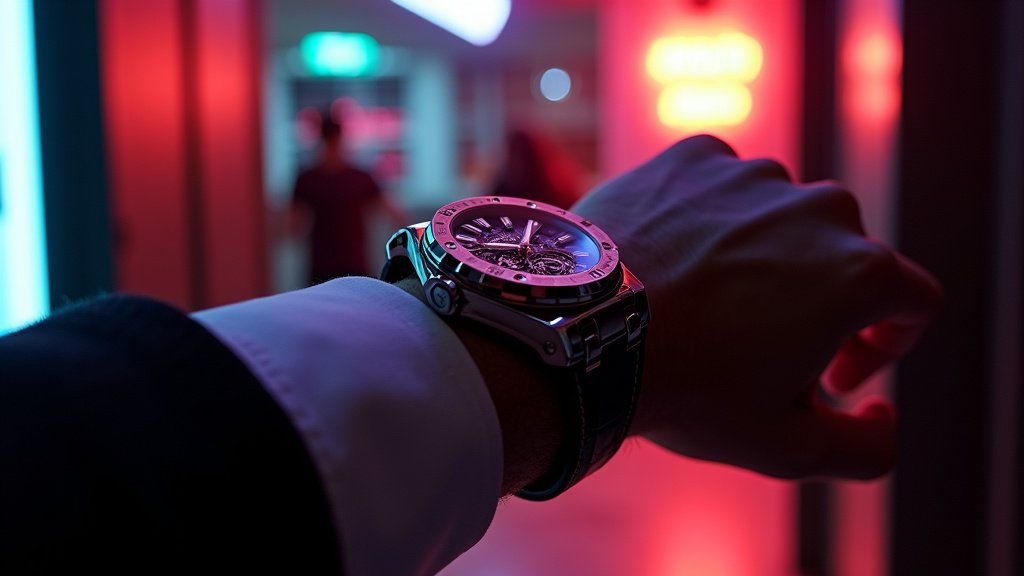Miami Coffee Shock: Viral Video Exposes Soaring Supermarket Prices, Ignites Cost of Living Debate
A video capturing a Cuban resident’s visceral reaction to the cost of coffee in a Miami supermarket has rapidly gone viral on TikTok, igniting a broader public conversation about the escalating price of essential goods in South Florida. The clip, posted by user @sandycastrillo29, starkly illustrates the financial strain consumers are facing, particularly within communities where coffee is a daily staple and cultural touchstone.
Miami, a city with a significant Cuban population, maintains deep cultural ties to coffee. Brands like La Llave, Bustelo, and Pilón are not merely products on a shelf but integral components of morning rituals, social gatherings, and family life. The sudden and significant increases in the prices of these familiar staples have therefore resonated widely, tapping into anxieties about the rising cost of living that affect many residents in the metropolitan area.
The Viral Moment Unfolds
The now-viral video opens with @sandycastrillo29 navigating a supermarket aisle, focusing his camera on shelves stocked with popular coffee brands. His commentary, delivered with evident frustration and disbelief, highlights the price tags displayed. He zeroes in on packages of La Llave coffee, noting a price range he describes as fluctuating daily, specifically observed between $6.29 and $10.79. His reaction is immediate and palpable as he exclaims, “What is this, Tato? The La Llave coffee package goes up every day, between $6.29 and $10.79.”
He then turns his attention to other ubiquitous brands, revealing similar price points that underscore the trend. “Don’t even get me started on Bustelo, $9.29,” he states, his voice rising with exasperation. Pilón coffee is similarly priced, also listed at $9.29. The user’s reaction encapsulates the shock felt by many consumers witnessing prices typically associated with more discretionary items now applied to basic necessities. “And even Pilón at $9.29, what is that? Look at this, look at the prices,” he laments, gesturing towards the shelf. The video culminates in a poignant observation that reflects the growing difficulty of affording even simple comforts: “Right now, you can’t even have coffee.”
The raw, unscripted nature of the video, coupled with its focus on a universally consumed product like coffee, struck an immediate chord online. Since its posting, it has garnered significant attention and sparked numerous reactions on TikTok and other social media platforms, quickly becoming a symbol of consumer frustration.
Public Reaction and Widespread Concern
The video’s rapid dissemination reflects a shared sentiment among consumers grappling with persistent inflationary pressures. The comment sections across platforms are filled with reactions from users who echo @sandycastrillo29’s concerns, sharing their own experiences with price hikes on groceries and other household essentials. The outrage over coffee prices serves as a potent, relatable symbol for the broader anxieties surrounding the increasing cost of merely living in Miami, a city already challenged by high housing costs and other expenses.
For many within the large Cuban population in Miami, coffee is more than just a beverage; it is a fundamental part of their cultural identity and daily routine. The rising cost directly impacts their ability to maintain these traditions and daily habits, adding a layer of cultural concern to the economic burden. The viral moment underscores how inflation isn’t just an abstract economic indicator but a tangible challenge affecting daily life, cultural practices, and overall quality of life.
Economic Factors Driving Price Increases
While the viral video captures the consumer’s perspective at the point of purchase, the article notes that the rise in coffee prices, similar to other food items, is part of a wider trend impacting the entire supply chain across the United States. The increase is attributed to several interconnected factors.
Firstly, increased production costs play a significant role at the source. These can stem from a variety of issues impacting coffee-producing regions globally, including adverse weather patterns affecting crop yields, higher costs for agricultural inputs such as fertilizers and pesticides, increased labor expenses for farming and harvesting, or disease outbreaks affecting coffee plants. Global supply chain disruptions can also lead to scarcity or delays in sourcing green coffee beans, driving prices up.
Secondly, transportation costs have surged significantly in recent periods. Higher global fuel prices directly impact the cost of shipping coffee beans from source countries to processing plants, and subsequently the cost of transporting finished coffee products to distribution centers and retailers within the U.S. The cost of logistics, including container shipping rates and domestic freight, has seen considerable volatility, adding further upward pressure on consumer prices.
Finally, distribution costs within the destination country also contribute substantially to the final price seen on supermarket shelves. These include a range of expenses related to warehousing and storage, local transportation from distribution centers to individual stores, retail overheads including rent and utilities, and marketing and packaging costs. Increased labor costs within the retail and distribution sectors, as well as higher energy bills for operating facilities, can feed into the final consumer price that the shopper encounters.
These combined factors, layered upon broader inflationary trends impacting the national and global economy, converge to explain the significant price points observed by @sandycastrillo29 for popular coffee brands like La Llave ($6.29-$10.79), Bustelo ($9.29), and Pilón ($9.29) in the Miami supermarket.
Broader Implications for Miami Residents
The viral video serves as a powerful micro-illustration of macro-economic challenges impacting households. Miami is consistently ranked among the least affordable cities in the United States when considering average income versus the high cost of living expenses. While housing costs are often the primary focus of affordability discussions, the increasing price of everyday necessities like coffee, milk, eggs, bread, and other groceries places additional, significant stress on household budgets.
For many families, particularly those on fixed incomes, minimum wage, or hourly wages that have not kept pace with inflation, these cumulative increases necessitate difficult financial choices. Spending significantly more on essential groceries means less disposable income for other needs, or potentially cutting back on the quantity or quality of food and other necessary goods purchased. The emotional reaction captured in the video reflects not just surprise at a specific price tag, but deep frustration over the erosion of purchasing power and the growing struggle to afford basic comforts and necessities in a high-cost environment.
Conclusion
The viral TikTok video by @sandycastrillo29, vividly highlighting the steep prices of culturally significant coffee brands like La Llave (ranging from $6.29 to $10.79), Bustelo ($9.29), and Pilón ($9.29) in a Miami supermarket, has effectively captured the public mood regarding the rapidly rising cost of living. It transformed a personal moment of outrage into a widely shared symbol of economic frustration and the challenges of inflation. Attributed by analysis to factors such as increased production, transportation, and distribution costs across the United States, the price hikes on goods central to daily life and culture underscore the tangible impact of inflationary trends on communities, particularly in high-cost urban areas like Miami. The video serves as a stark reminder of the daily financial pressures facing consumers and the broader challenges posed by inflation on household budgets and the ability to afford everyday life.




